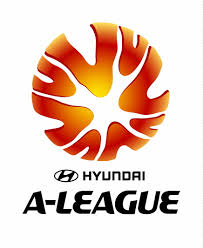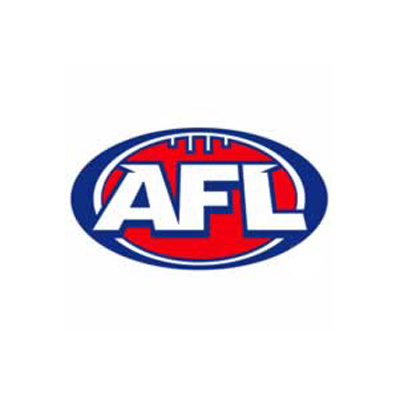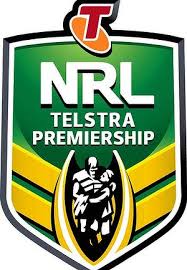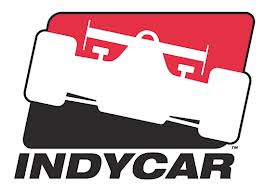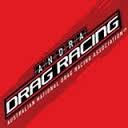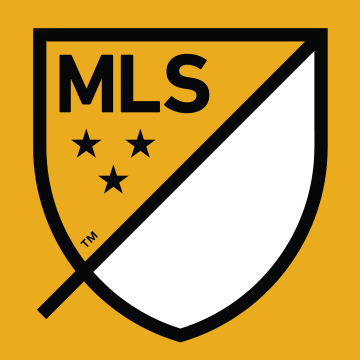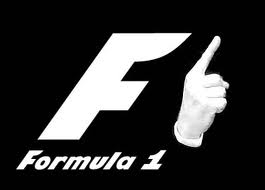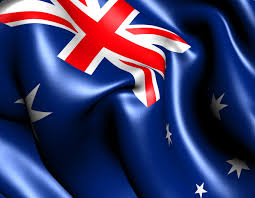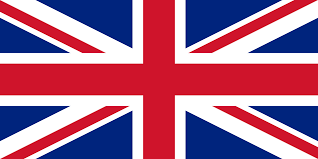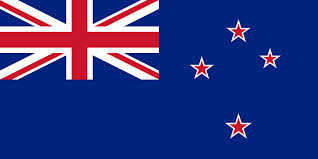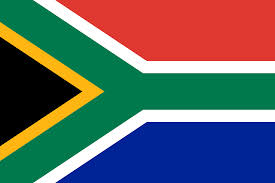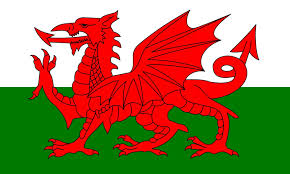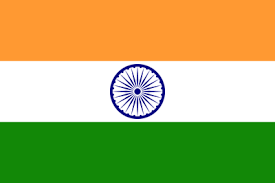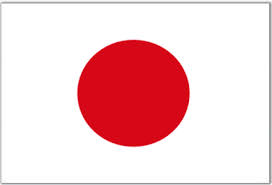Geelong Cricket Association (Cricket)
|
|
    .jpg)  |
Latest News & Results
About the GCA |
About the Association
|
Cricket was played in Geelong in 1841 but a turf wicket competition was non existent until 1896-97 when the Geelong Cricket Association was formed, the six clubs of Capulets, Clarendon, Geelong, Magpies, Non-Descripts and Yarra Street Wesleyans sharing the 3 turf wicket ovals at Osborne House Ground, Kardinia Park West and Corio Oval and playing the first round of matches on 17th. October, 1896.
The pioneering GCA Senior Office Bearers were T.Bostock (President), C.Brownlow (Secretary) and H.Hitchcock (Treasurer).
Although the new Geelong Cricket Association turf competition was initially greeted with great enthusiasm, over the coming seasons increasing apathy built up to the point that with just two teams affiliating with the GCA in 1913-14, the GCA was forced to disband, those two teams being Geelong and those two Geelong teams (correct name “Geelong Cricket & Football Club”) then affiliating with the Melbourne Sub-District Cricket Association competition. So ended the GCA’s 17 seasons reign “with two Geelong teams stepping on Saturday October 14th 1913 “from the indifference of local cricket into the keen competition of the Metropolitan Sub-District Association”.
However 15 years later, interest in local turf cricket was rekindled and on 22nd.September, 1928, the Geelong Cricket Association was reformed. The six clubs of Geelong City, Geelong Footballers, Geelong West, Newtown & Chilwell, North Geelong and South Geelong played the first round of matches on 20th. October, 1928. A charge of sixpence was made for club affiliation, the GCA announcing its official colours of red, black & gold.
Senior Office Bearers were J.Solomon (President), A.Gowty (Secretary) and F.Just (Treasurer).
In 1948-49, the GCA amalgamated with the Geelong Senior Matting Association and from that season, the GCA consisted of more than one section – its perennial showpiece, the turf section, then joined by another seven malthoid sections. That major GCA change was steered by GCA Senior Office Bearers F.Just (President) and W.Austin. (Secretary & Treasurer).
Over the years, 47 clubs have affiliated at differing times with the GCA District First X1 competition and last season of 2011-12 saw Bell Post Hill, East-Belmont, Geelong West, Grovedale, Highton, Lara, Leopold, Manifold Heights, Newtown & Chilwell, North Geelong, South Barwon & St.Josephs being the top GCA Clubs in Geelong.
Jack Sing was the GCA’s most successful batsman in a dazzling career between 1941-1967 with a record (at that time) 10,251 runs at the commanding average of 50.5 and a record 30 1st.X1 centuries in a career and in a season of 1948-49 a record 944 runs @ 118.0 . His career runs record were to be overtaken by North Geelong champion, Alf Clark in season 2010-11 with 10,508 runs @ 43.1.
With the ball, Newtown & Chilwell’s Greg Wells, who played in a record nine GCA 1st.X1 Premierships during his distinguished career between 1969-1991, holds the record for the most career wickets, his 574 wickets at the lean average of 14.8 apiece.
Greg’s brother, explosive Newtown & Chilwell opening batsman, Stephen Wells, holds the GCA’s highest ever score to date of 237 against East-Belmont in 1986-87.
Jack Brady captured 10/30 in an innings for Ford Motor Company against International Harvester Company in 1941-42, again a record.
The Geelong Cricket Association celebrated its Centenary in 1996-97 , the “GCA TEAM OF THE CENTURY” named as Jack Sing ( c), Len Metherell, Bill Anderson, Harry Heard, Michael Bowtell, Stan Young, Gordon McKay, Bert Brown, Jim Roberts, Vic Taylor, Damian DeGrandi and Greg Wells (12th).
In season 2000-01, GCA President, Barry Mc Mahon was elected President for a record 13th. term.
History was made on Wednesday, 6th. February, 2002 when after 106 “nomadic seasons” of not possessing its own headquarters, the Geelong Cricket Association finally opened its own clubrooms at Winter Reserve, the Rooms the brainchild of Barry McMahon and aptly named “The Barry McMahon Rooms”, the Evening with 100 invited guests witnessing the official opening of the GCA Clubrooms by GCA Patron, GCA Life Member, distinguished GCA 1st.X1 player and Australian Cricket Board Chairman, Bob Merriman.
In the “Year of the Volunteer”, the Victorian Cricket Association awarded one “Gold Pin” to each Cricket Association across Victoria to award to an outstanding volunteer. North Geelong Club President, Roger Allen and Thomson stalwart, Gary Anderton the GCA recipients. Roger received his Gold Pin for his contribution to the GCA (after awarded GCA Life Membership the previous season) whilst Gary’s sevices to the Barwon Region were recognised via the VCCL for his outstanding Country Week contributions.
Despite personal illness, with his typical courage and tenacity, Barry McMahon again led the GCA for a record 14 terms of Presidential Office.
Monday, January 13th, 2003 witnessed one of the saddest days in Geelong Cricket with the passing of Barry McMahon, after a long illness. That date will forever be shared by his loving wife, Margo, their 7 children and 23 grandchildren and the GCA for the rest of time with the death of the finest cricket administrator this City has ever seen. Life Membership of the GCA, Life Membership of the East-Belmont CC and a recipient of the Australian Sports Medal in year 2000, awarded by the Federal Government for Services to Cricket were some of the distinctions bestowed on Barry “Rocket” McMahon, a man who never accepted one cent from cricket but bought every raffle ticket going.
Barry McMahon’s funeral completely packed out St.Mary of the Angels Church and a Guard-Of-Honour of hundreds of cricketers present at the funeral was formed in Yarra Street following Requiem Mass to escort Barry to his final resting place at Eastern Cemetery. The following Saturday, all GCA clubs, all sections, wore black arm-bands and observed a minute’s silence prior to play to pay respects to “Our Barry”.
It was only the second occasion in GCA History that this mark of respect had been observed by all GCA cricketers –all sections wearing black arm-bands. The last occasion was following the death of “Our Don”, Sir Donald Bradman.
On the field, Manifold Heights returned to GCA Division One after a two year absence, that club’s survival, let alone promotion, a credit to its committee, players and supporters following the closure of the Cement Works, the club consequently evicted from its home ground and clubrooms of 70 years and relocating to Hurst Reserve, Herne Hill.
Bell Post Hill celebrated “back-to-back” GCA Division One flags with a comprehensive win over St.Josephs in the 2002-03 Final
Bell Post Hill was “controversially” relegated to Division Two in season 2003-04 despite being the reigning GCA Division One Premier, due to off-field issues, Newcomb & District promoted due to well deserved credits in recent seasons in Division Two.
St.Josephs again was the “bridesmaid” in the Grand Final, Grovedale winning its maiden premiership and thus “taking the monkey off its back” – its first GCA 1st.X1 flag after 19 seasons in top GCA cricket.
St.Josephs Barry Mc Farlane and South Barwon’s Colin Dempsey were both honoured with GCA Life membership.
Season 2004-05 was a “radical” season with the GCA Management Committee decreeing that the GCA Division One competition would comprise 10 clubs to be incorporated in the “North-West” pool and a further 10 clubs would comprise the “South-East” pool, a “runaway record” in terms of affiliated clubs in senior GCA cricket.(Most previous clubs in a season being 12) In addition, the “One-Day” format of GCA cricket played on various Sundays since this cricket format was introduced into GCA ranks some 25 years ago, was scrapped, in its place a further two home-and-away rounds were added. A “Qualifying Final” was also introduced due to the number of teams involved in both pools.
The sheer magnitude of 20 teams playing 13 home-and-away rounds plus 4 qualifying matches, two semi-finals plus the grand final represented 267 games of 1st.X1 cricket compared to 135 games the previous season, an increase of 132 games or 97.7% - a challenging season it was for GCA Administrators.
As a result of the most radical change in the GCA’s history since 1896-97, with 20 clubs, three new clubs were admitted for the first time – Alexander-Thomson, Marshall and Torquay whilst previous affiliants in Bell Park, Bell Post Hill, Leopold and Geelong West were also re-admitted together with Thomson.
After just the one season the 20 team “South-East” & “North-West” structure was scrapped, a sixteen team GCA Division One competition in vogue for season 2005-06, with Alexander-Thomson, Bell Park, Manifold Heights and Marshall relegated.
Ross Aylmer became the first GCA cricketer to play 300 games, later to play a further 19 matches, a GCA record to this day.
The Geelong Cricket Association experienced an unprecedented season of 2006-07 due to the weather. Cricket had always been the “poor relation” to the weather but the Drought was not just felt felt in Geelong but Australia wide. It had a massive impact on GCA turf cricket. Barwon Water implemented Stage Four Water Restrictions on December 9th. 2006. The restriction in essence meant not just cricket outfields but also practice wickets AND THE CENTRE TABLE could no longer be watered.
In early December, matches were abandoned mid-match due to unsafe pitches and outfields. All such outfields resembled desert conditions devoid of a single blade of grass. Grounds were rock hard, totally “shot to pieces”.
The Geelong Cricket Association was therefore forced to “bite the bullet” and prematurely end the home and away season pre Christmas on December 16th. and again, unprecedented in the GCA’s 111 history. The Semi-Finals and Grand Final were therefore played in the first two weeks of January with permission from Barwon Water to water the centre wicket table only.
On the eve of the season, the Geelong cricket community was saddened by the loss of two GCA notables in the Honourable Neil Trezise, AM, former Minister of Youth, Sport & Recreation in the Victorian Government and a GCA premiership player for GWC&FC and Andrew Scott, star GCA & later Prahran demon bowler who played for Geelong against the West Indies at the Western Oval in 1979.
Geelong became one of the biggest cricket competitions in Regional Australia with the GCA merging with the Southern Leigh CA. As a consequence, the GCA expanded to 36 clubs, the GCA re-structured into three Divisions of 12 clubs for season 2008-09.
The season highlight occurred in Round Two when Leopold’s Darren Kiddle with a modest 10 surpassed 6000 runs and 500 wickets to catapult him into previously uncharted waters to be the first GCA 1st.X1 player to achieve that career double.
South Barwon won the Twenty/20 State Title against Ashburton on the MCG and collected $2000 in prize money but more importantly, represented the GCA in this new senior competition.
Prior to the Grand Final, GCA Secretary, Jan Nowicki was awarded GCA Life Membership to become the first female Life Member in the GCA’s 113 year history.
The GCA Division One Grand Final was played at Geelong Cricket Ground for the first time, another coup for both GCA & GCC Administrators with their collective vision.
However poorly judged programming of sprinkler systems by “non-cricket personnel” almost ruined the Grand Final as when the covers were removed by groundsmen on the Saturday morning, they found that sprinklers had come on overnight under the pitch tarpaulin covers and had wet both ends of the wicket. With the sun shining and ground staff using Super Soppers and heaters, play started just an hour late – another “credit” to GCA and GCC officials to “get the match going”.
Geelong West won its first Grand Final for 18 years, the victory “extra sweet” as the side did not play a single match at its home ground for the season due to oval resurfacing.
Season 2009-10 also saw North Geelong’s greatest batsman in Alf Clark score 342 runs for the season to surpass the legendary Jack Sing’s previous GCA career record of 10,251 runs .
A season highlight in season 2011-12 was GCA long term Treasurer Colin Dempsey celebrate his 15th.year in the role and thus surpassed legendary Charles Brownlow who fulfilled the position for 14 seasons from 1899-1913.
The Newtown & Chilwell Cricket Club with 20 Premierships dominates the competition, North Geelong its closest challenger with 10 .
Today the Geelong Cricket Association consists of three Divisions, being Division One Clubs of Bell Post Hill, East-Belmont, Geelong West, Grovedale, Highton, Lara, Leopold, Manifold Heights, Newtown & Chilwell, North Geelong, St.Josephs & South Barwon. Division Two Clubs are Alexander Thomson, St.Albans Breakwater Bell Park, Geelong City, Guild Saints, Marshall, Murgheboluc, Newcomb & District, St. Peters, Thomson, Torquay and Waurn Ponds.
Division Three clubs are Bannockburn, Corio, Corio Bay, Inverleigh, Lethbridge, Little River, Meredith, Modewarre, North Shore, Shelford, Teesdale and Winchelsea.
With 36 Clubs and the majority playing on turf wickets, the Geelong Cricket Association is one of the largest and oldest Cricket Associations in Australia.
The Geelong Cricket Association is currently led by President, Grant Dew and his team of Garry McPherson (Vice-President), Jan Nowicki (Secretary), David Robson (Assistant-Secretary) & Colin Dempsey (Treasurer).
Kevin O’Dowd
Geelong Cricket Association Historian
1st.May, 2012
|

 - All Sports
- All Sports





